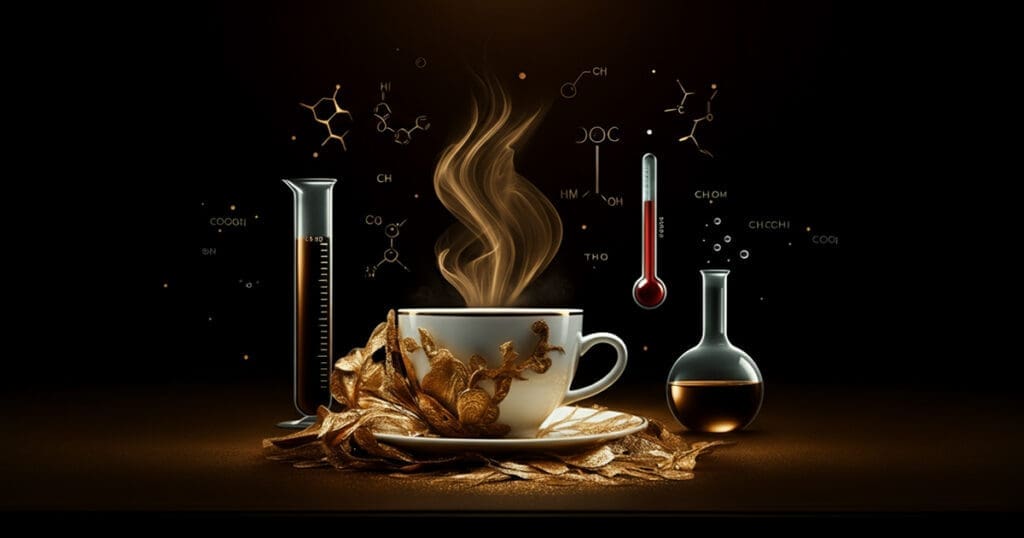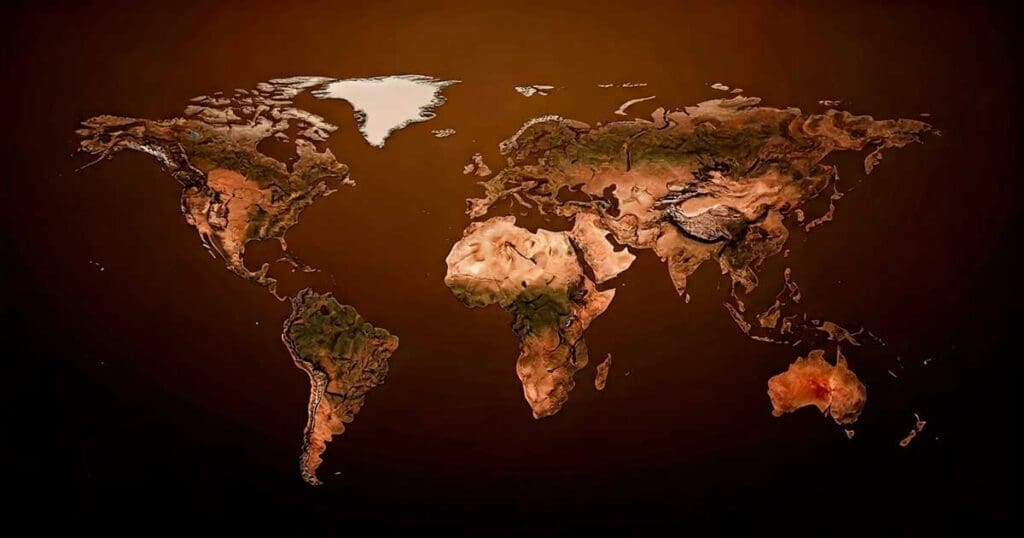The Science of Coffee: What Makes a Good Brew?
Unlocking the Science of Coffee
The science of coffee is a deliciously complex journey into chemistry, physics, and art. Coffee isn't just a beverage; it's an experience crafted by water, heat, and freshly ground beans. To achieve the perfect coffee brew, understanding these variables is key.
Temperature impacts extraction, water chemistry influences flavor, and grind size controls the balance of strength and smoothness. With expert coffee brewing tips, you’ll elevate every sip.
Beans Matter: From Origin to Roast
Great coffee begins with the beans. Single-origin beans, like Ethiopian or Colombian, deliver distinct flavors. Light roasts highlight fruity and floral notes, while dark roasts emphasize smoky richness.
Freshness is essential—use beans within two weeks of roasting for optimal flavor. Experimenting with roasts and origins will help you find your ideal cup.
Mastering the Perfect Coffee Brew
Water temperature is pivotal for the perfect coffee brew. Aim for 195°F to 205°F for balanced extraction. Too hot or cold, and bitterness or sourness sneaks in.
Use a scale to measure coffee and water ratios—1:16 is standard. Tools like pour-over kits or French presses help you fine-tune.
Wanna try Coffee Bros. Specialty Coffee?
Check it out!
Brewing Gear and Gadgets
Invest in quality grinders for consistent grind size, a game-changer for flavor extraction. Burr grinders beat blade grinders every time.
Coffee makers with precise temperature controls, like Chemex or AeroPress, make achieving a flawless brew easier. Every gadget offers a unique brewing style.
Water: The Secret Ingredient
Good water makes good coffee. Filtered water prevents impurities from muting flavors. Avoid distilled water—it lacks minerals that enhance taste.
Test the pH level for balance; the ideal range is between 6.5 and 7. Use your local water quality to tweak your approach.
The Role of Time and Technique
The brew time determines the extraction quality. Under-extracted coffee tastes sour, while over-extraction tastes bitter. Aim for 3–5 minutes for most methods.
Practice consistent pour techniques for pour-over. Agitation and bloom time help release the beans’ full aroma and flavor.
A World of Aromas and Tastes
The science of coffee reveals over 800 aroma compounds in each brew. Citrus, chocolate, or nutty—what do you taste?
Enhance your tasting skills by savoring each sip slowly. The joy lies in discovering the intricate layers of your coffee.
What’s your secret tip or favorite tool for brewing the perfect cup of coffee?
Disclaimer:
Some of the links on this site are affiliate links, which means I may earn a small commission if you make a purchase through them, at no additional cost to you. Thank you for supporting Brew Sip Repeat!




Facebook Comments